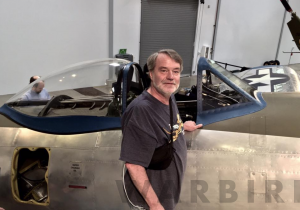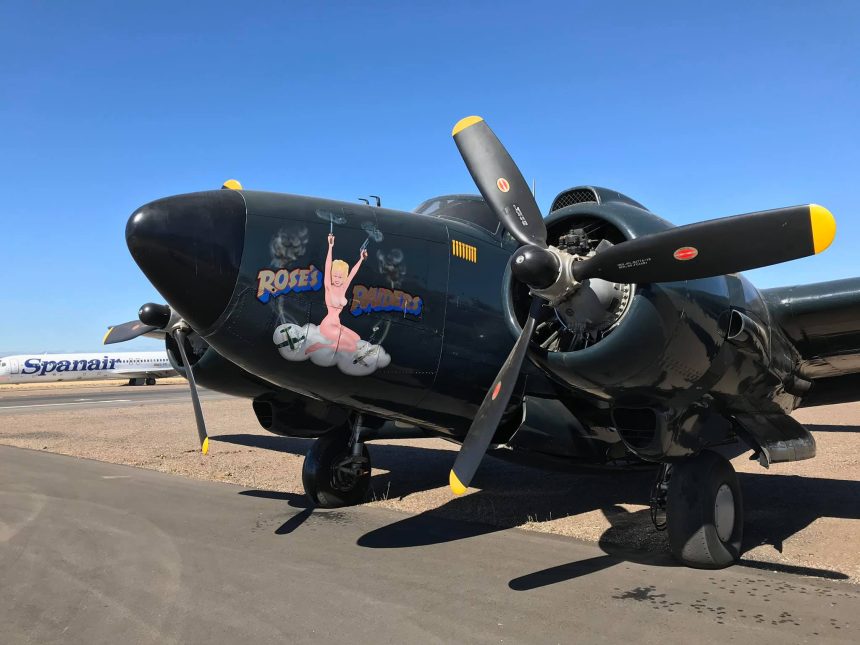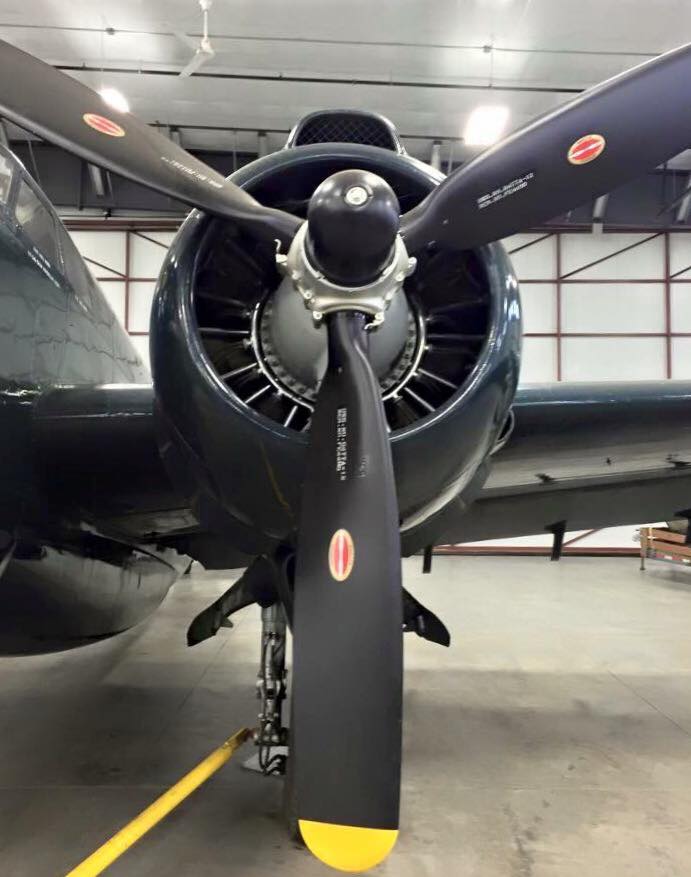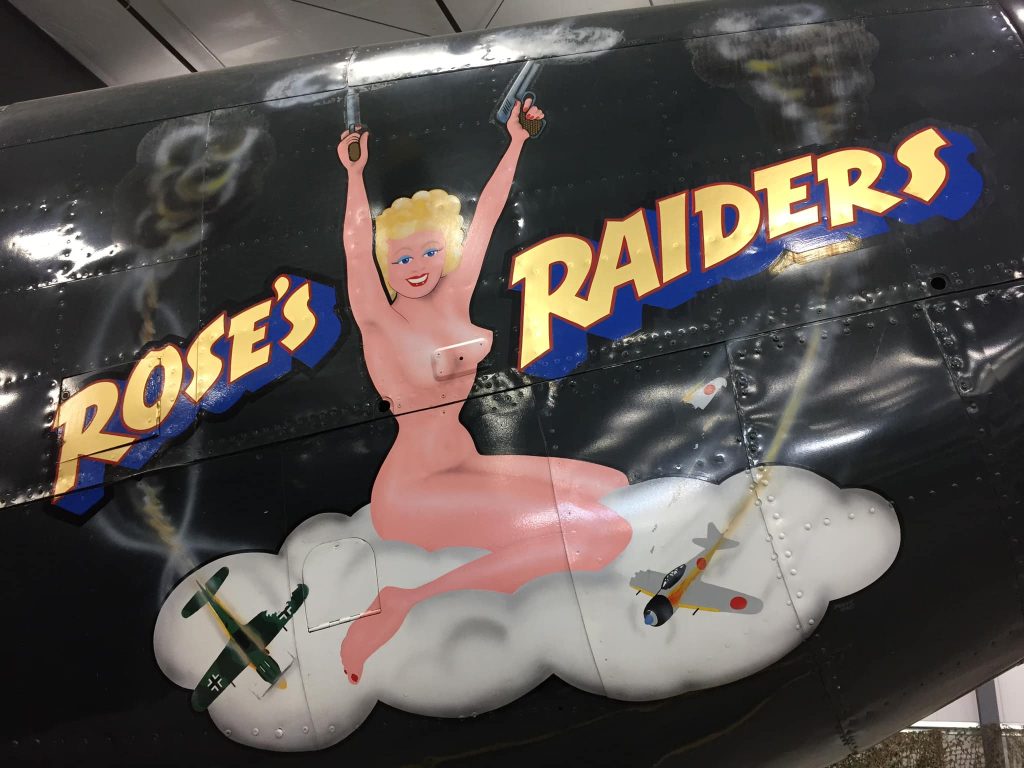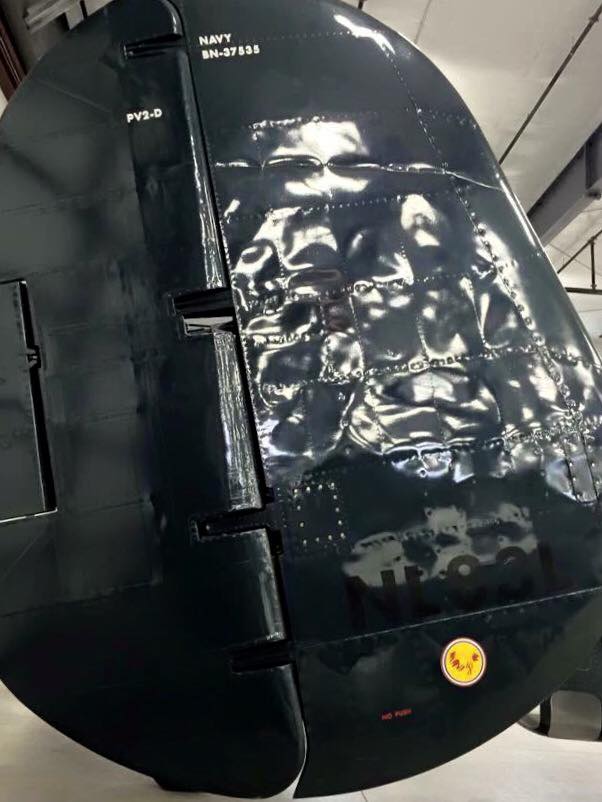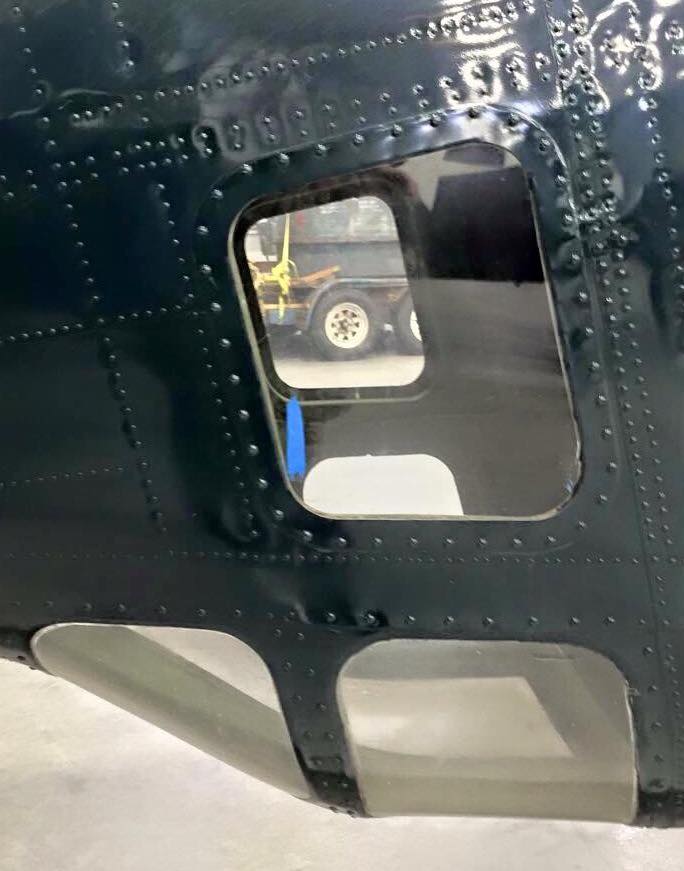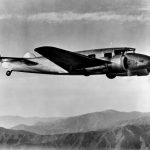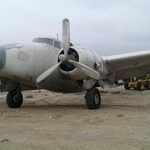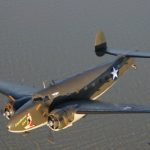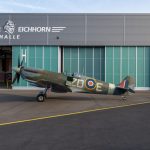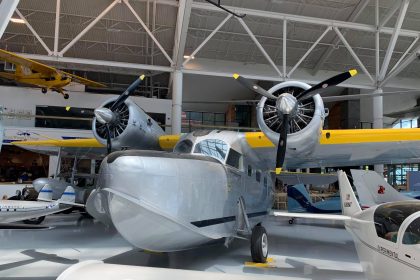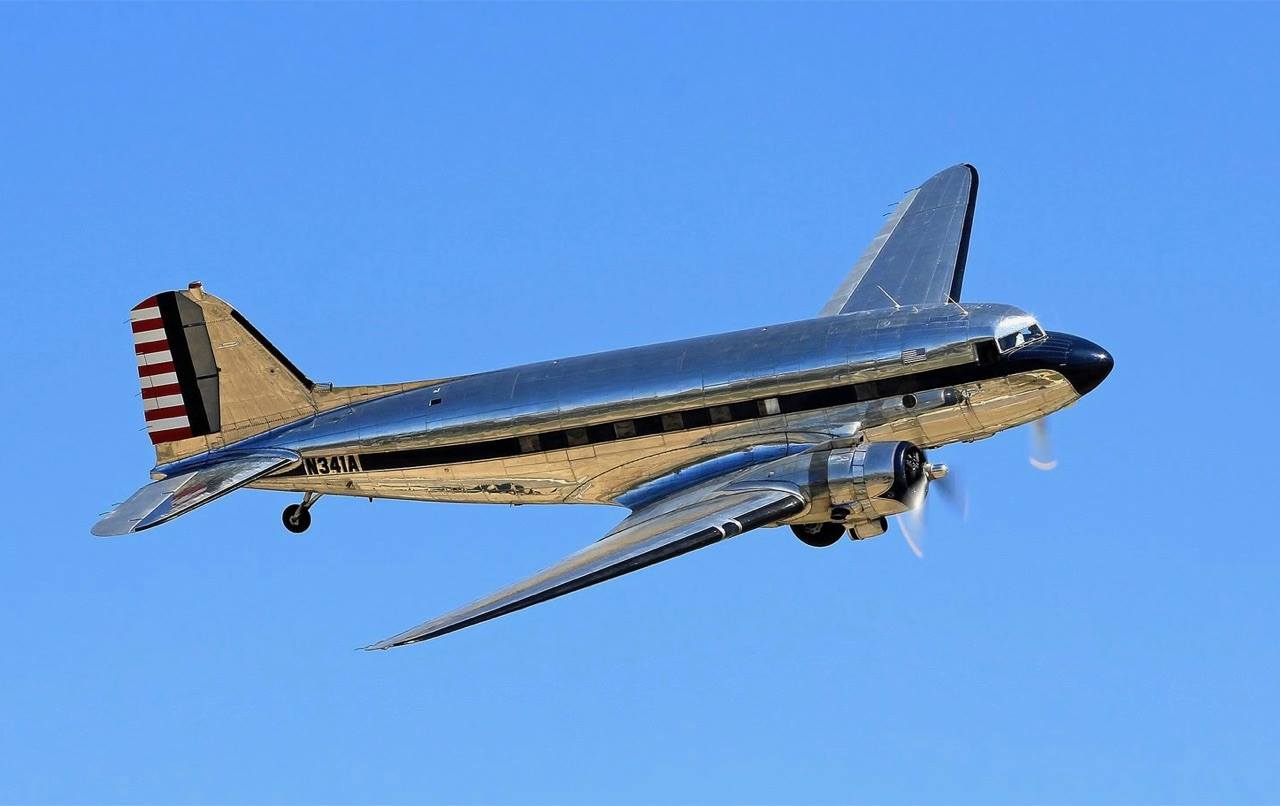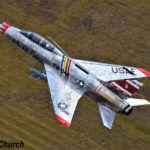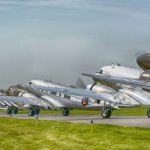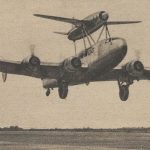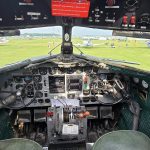By Randy Malmstrom
Since his childhood, Randy Malmstrom has had a passion for aviation history and historic military aircraft in particular. He has a particular penchant for documenting specific airframes with a highly detailed series of walk-around images and an in-depth exploration of their history, which have proved to be popular with many of those who have seen them, and we thought our readers would be equally fascinated too. This installment of Randy’s Warbird Profiles takes a look at Jack Erickson’s Lockheed Harpoon.
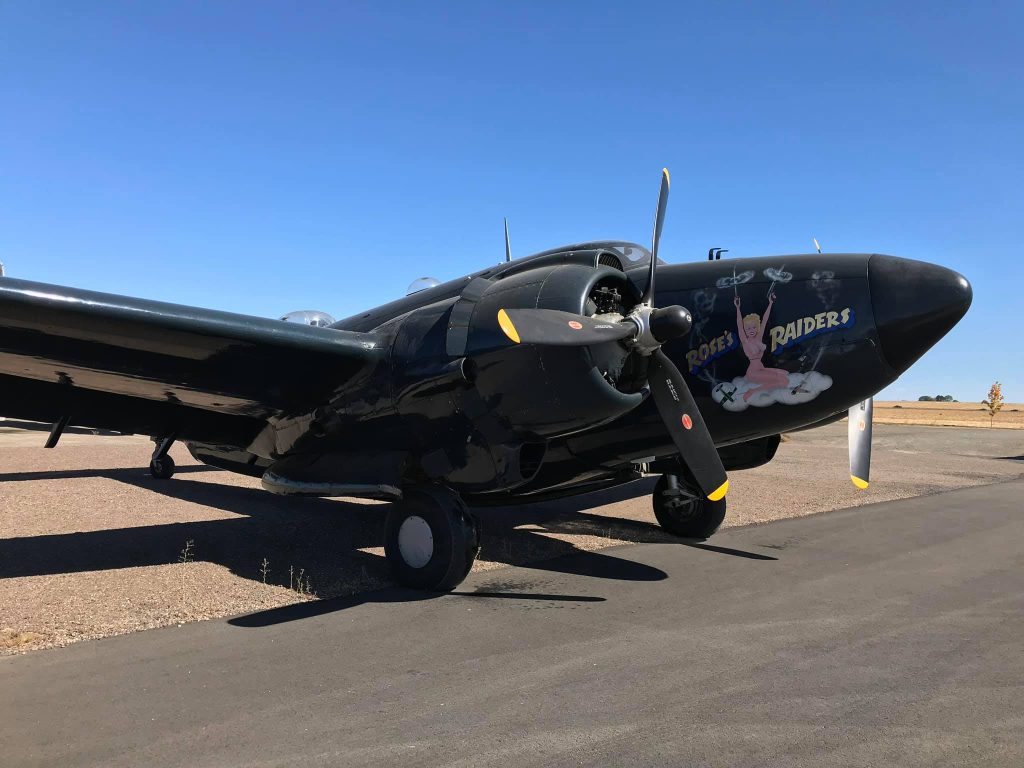
Lockheed PV-2D Harpoon, BuNo. 37535, c/n 15-1501, N83L. This particular aircraft was the first of 35 D variants. It served with the the U.S. Navy from several bases in the U.S. including NAS Alameda and NAS Cherry Park in California until stricken from the record and put into the Navy’s boneyard at Litchfield Park, Arizona, in December 1956.
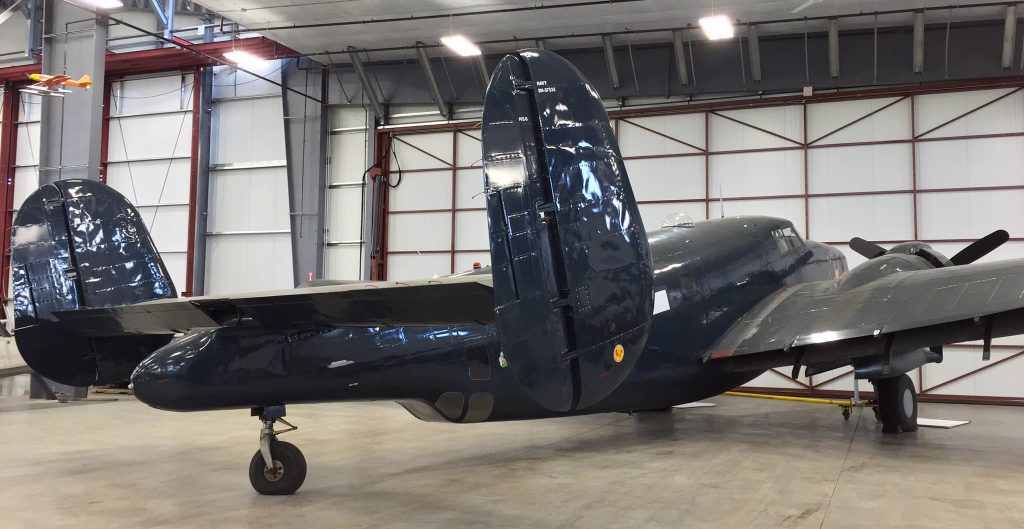
The following year, it began a civilian career with several owners and was used as a fire tanker and sprayer — including as fire service #29 at Medford, Oregon — during the years of the 1960s through the 1980s. It was restored at Wheelless Airport in Dothan, Alabama and ferried to Pearson Air Park in Vancouver, Washington.
In 1999, it was acquired to become part of the Erickson Aircraft Collection now in Madras, Oregon and the current owner is P-38 LLC, one of Jack Erickson’s companies. Airworthy as I recall, but I have not seen it fly. The nose art Rose’s Raiders is in reference to its former owner Neil M. Rose of Vancouver, Washington.
Also painted in memoriam to Royal Canadian Air Force bomb aimer Flight Sergeant Donald Irwin Rose of Stoney Mountain, Manitoba, 434 “Bluenose” Squadron (In Excelsis Vincimus), who was killed along with his fellow crew members on a raid over Berlin on January 28-29, 1944, in Halifax V LK649/WL-X.
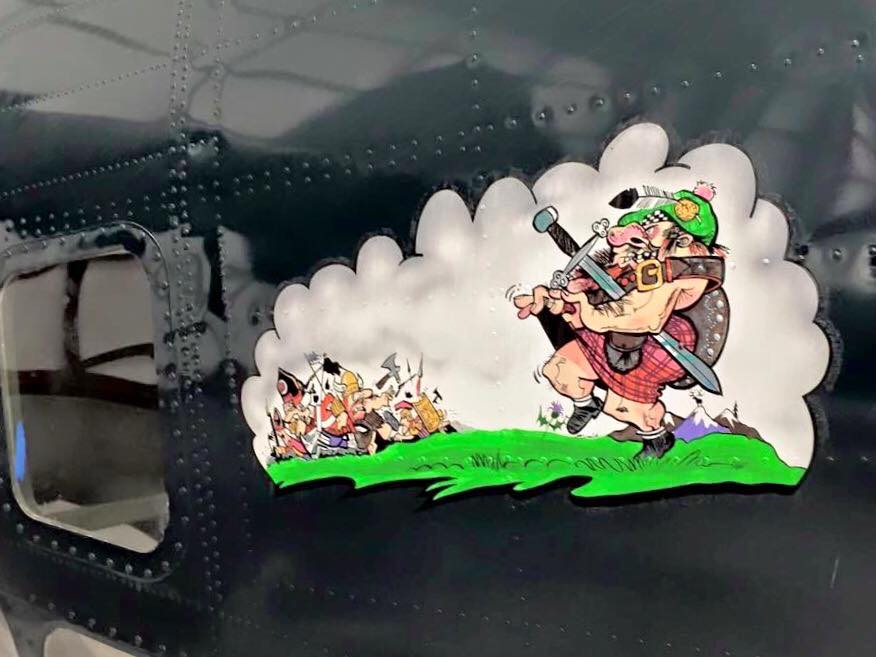
Markings also pay tribute to the Lockheed PV-2 c/n 15-1605, N7250C, lost with pilot Douglas Lacey and its 7 passengers in a crash on September 29, 1990, at Clear Lake, California, after taking off from the Sonoma County Airport. And to a PV-1 Ventura, #49459, that crashed November 29, 1945, five miles east of Mt. Saint Helens on a flight from Seattle, Washington, to Red Bluff, California (wreckage was found by hikers in early 1960).
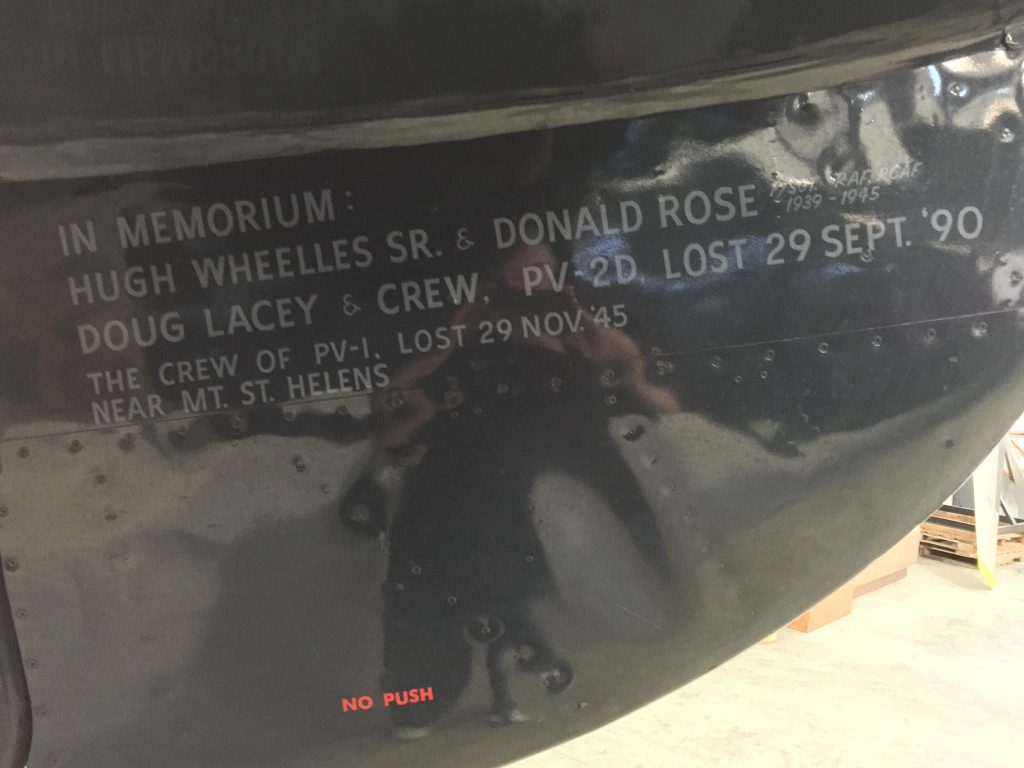
This is not a full account of the development and history of the aircraft type. But it was a reconnaissance/anti-submarine patrol bomber built by Lockheed’s Vega Division, the Harpoon was a major redesign of the Lockheed PV-1 Ventura. Nicknames included the “Pregnant Pig” and the “Lexington” (U.S. Army Air Force). The designation “P” being for Patrol, and the “V” for the Lockheed manufacturer.
In June of 1943, the U.S. Navy placed an order for five hundred PV-2’s. The maiden flight of the new aircraft took place on December 3, 1943, but the aircraft’s first combat appearance was not until March 1945 in the Pacific Theater as revision “D.” Following the end of World War II, the Navy continued to fly the Harpoon in reserve squadrons until they were phased out by August 1948.

Numerous foreign military arms such as Italy, the Netherlands, Portugal and Peru acquired Harpoons after the war, and the aircraft was one of the first to equip the Japanese Maritime Self Defense Force (JMSDF) after that service came into being in July 1951 with a total of 17 aircraft being supplied. Several entered the civilian market and some were used as sprayers.
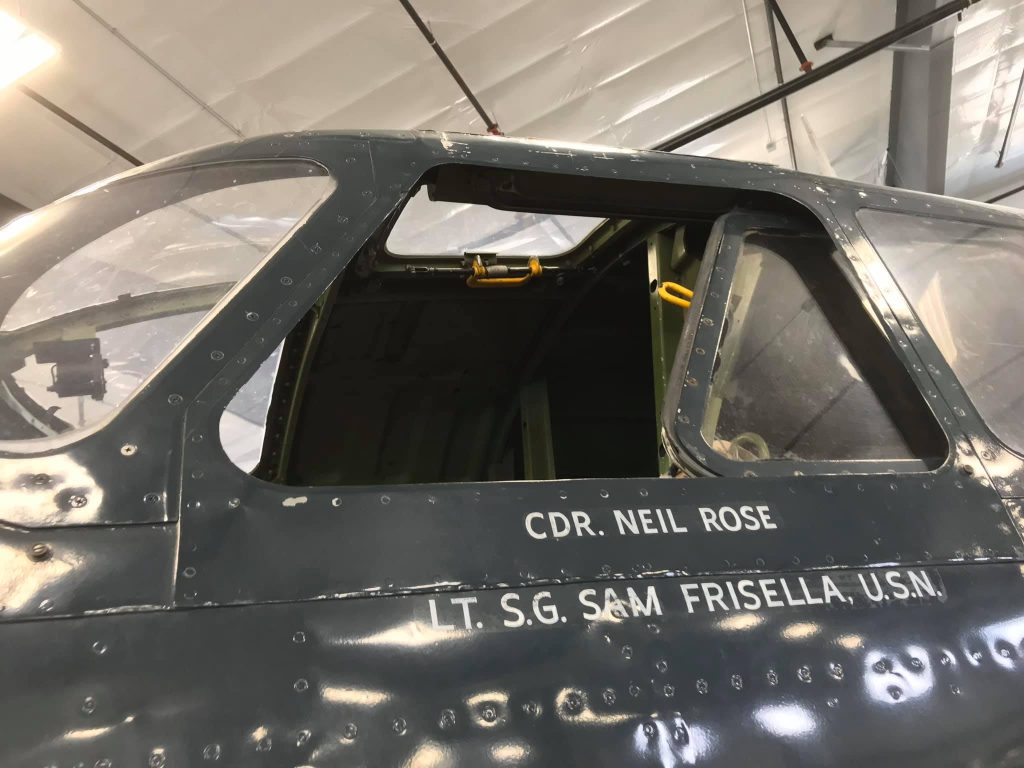
Powered by a pair of Pratt & Whitney R-2800-31 engines, the PV-2D typically carried nine .50 cal. machine guns: two fixed in an upper nose decking, three in an under nose pack, a pair in the dorsal turret, and two in a rear-facing ventral tunnel position.

In order to accommodate a larger payload of up to 3,000 lbs. of bombs, depth charges or rockets, the bomb bay doors were designed with a bulge. The bomb bay could then carry a pair of Tiny Tim rockets completely enclosed.

About the author
